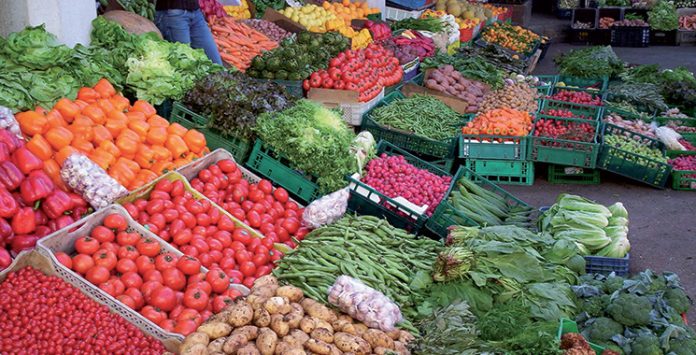The latest report from the High Commission for Planning (Haut Commissariat au Plan – HCP) on the Consumer Price Index (CPI) for 2024 reveals a picture of moderate inflation at the national level, though significant regional disparities persist. In December 2024, the CPI recorded a slight decline of 0.2% compared to the previous month. This decrease is mainly attributed to falling food prices, particularly vegetables, which saw a drop of 3.9%, fruits by 2.3%, and mineral water, soft drinks, and juices by 0.2%.
However, not all products followed the same trend. Meat prices increased by 1.0%, oils and fats by 0.8%, dairy products such as milk, cheese, and eggs by 0.6%, and coffee, tea, and cocoa by 0.3%. Meanwhile, non-food products remained mostly stable, with the notable exception of fuel prices, which rose by 0.3%. Despite these fluctuations, the core inflation index—excluding volatile and state-regulated prices—remained unchanged compared to November 2024.
A modest yearly increase in inflation
On a yearly basis, the average CPI for 2024 registered an increase of 0.9% compared to 2023. This growth was driven by a 0.8% rise in food prices and a 1.2% increase in non-food items. Within the non-food category, price movements were mixed: healthcare costs saw a 1.3% decline, while the restaurant and hotel sector experienced a notable surge of 3.4%.
Core inflation, which provides a clearer view of long-term trends by excluding seasonal price fluctuations, rose by 2.4% over the year. This increase suggests a more pronounced upward trend in the prices of goods and services that are less susceptible to short-term market changes.
Regional disparities: Inflation’s uneven impact
A closer look at regional data highlights stark contrasts in inflation rates across the country. The highest price increases were recorded in Laâyoune, where the CPI jumped by 3.0%, followed by Guelmim at 2.2%. Cities such as Dakhla and Safi witnessed rises of 1.7%, while Agadir saw a 1.6% increase. Fès, Rabat, and Tétouan each experienced a 1.5% uptick, with Marrakech slightly lower at 1.3%.
On the other hand, more moderate inflation levels were observed in Casablanca and Al Hoceïma, with increases of 0.8%, followed by Kénitra at 0.7%, and Tanger and Settat at 0.6%. These regional differences reflect a range of economic and social factors, including local demand, trade flows, and seasonal trends impacting supply and pricing.
Conclusion: A balanced yet uneven inflation landscape
Overall, 2024 was characterized by controlled inflation at the national level, with the CPI rising at a relatively moderate pace. However, the stark regional variations underscore the need for tailored economic strategies to address the specific challenges of each area. A balanced approach that takes into account local economic dynamics and consumer behavior will be crucial to maintaining stability and ensuring a fair distribution of resources across the country.





